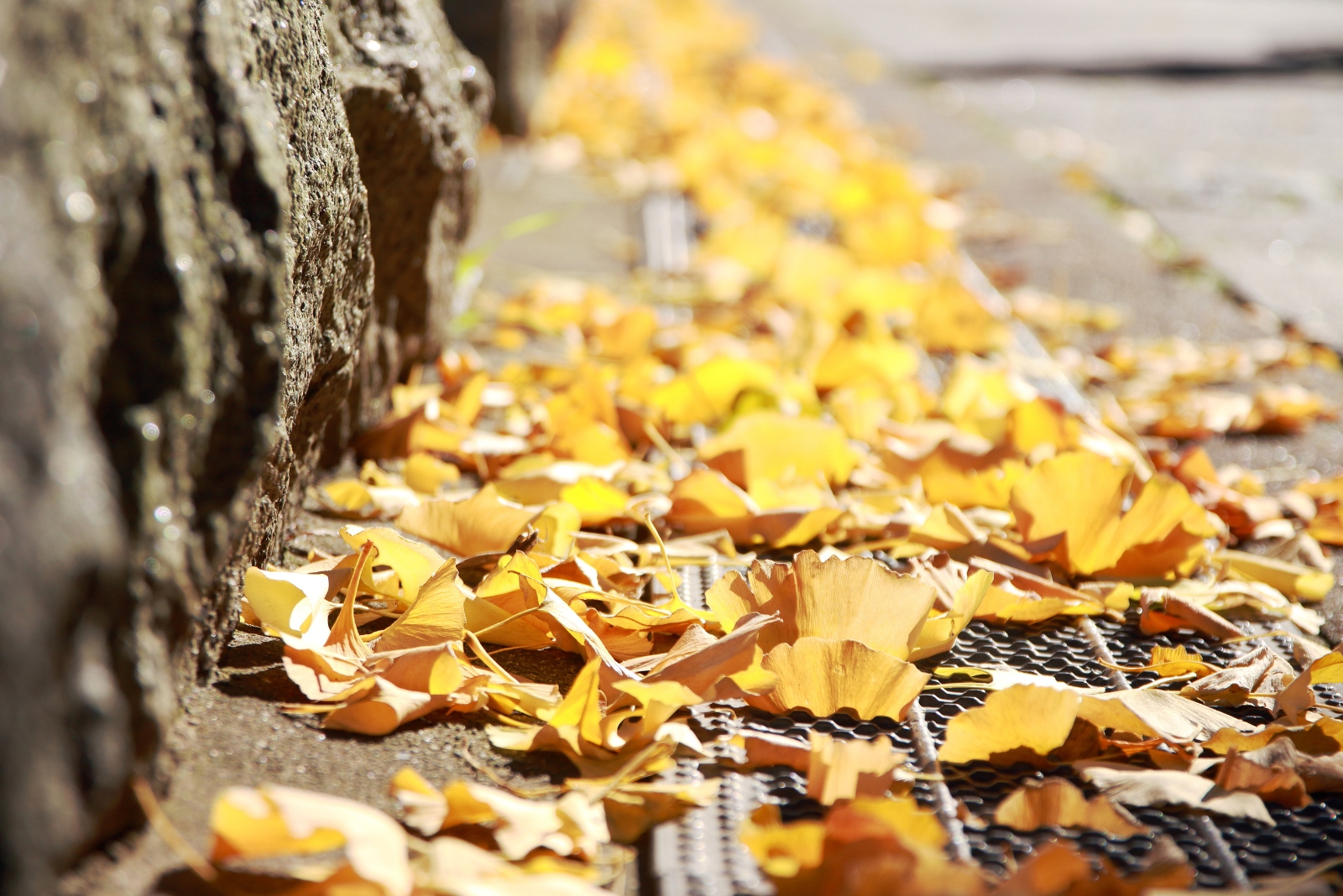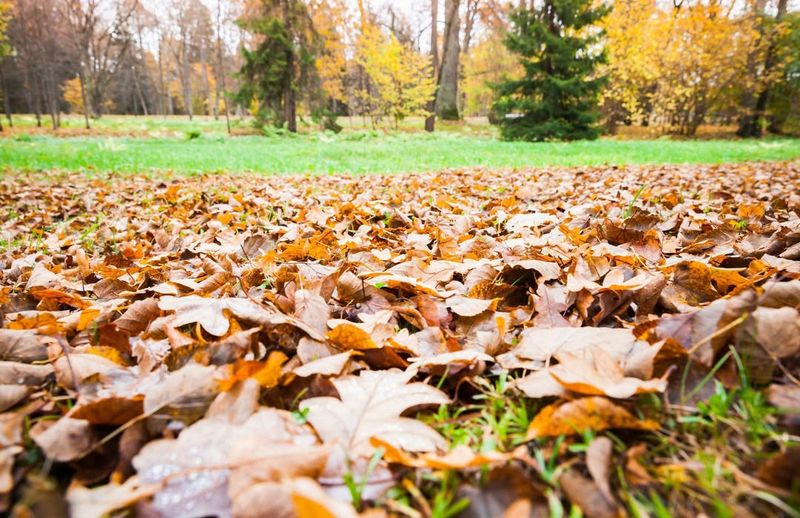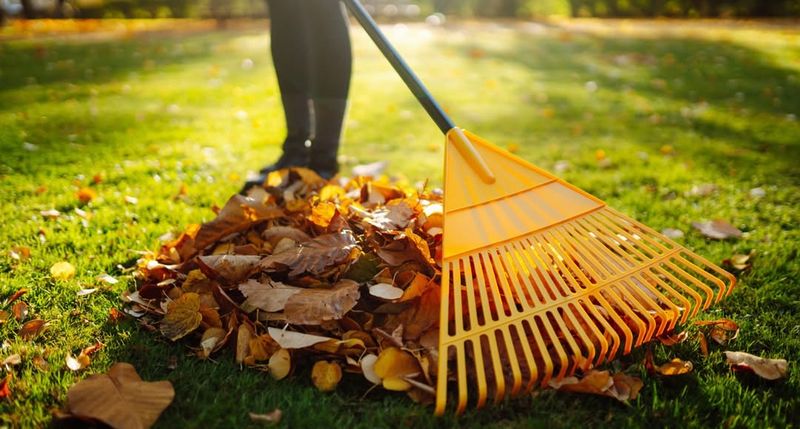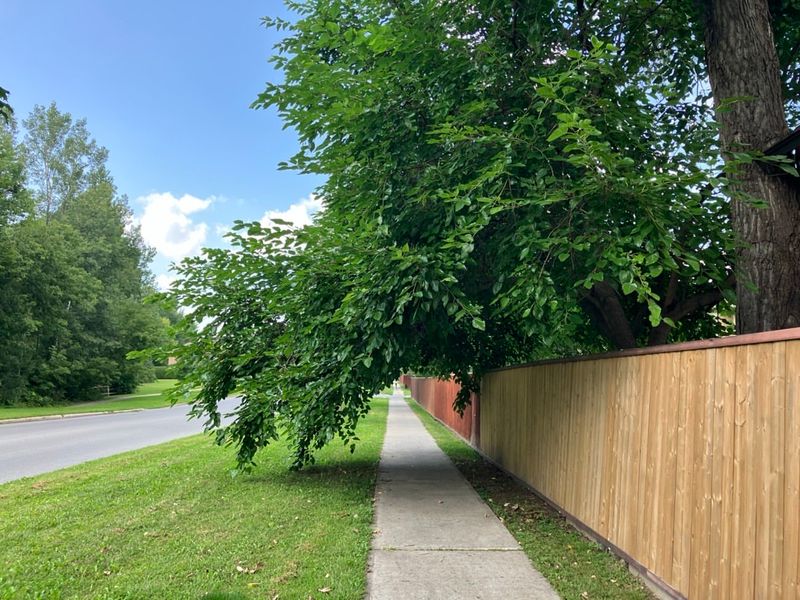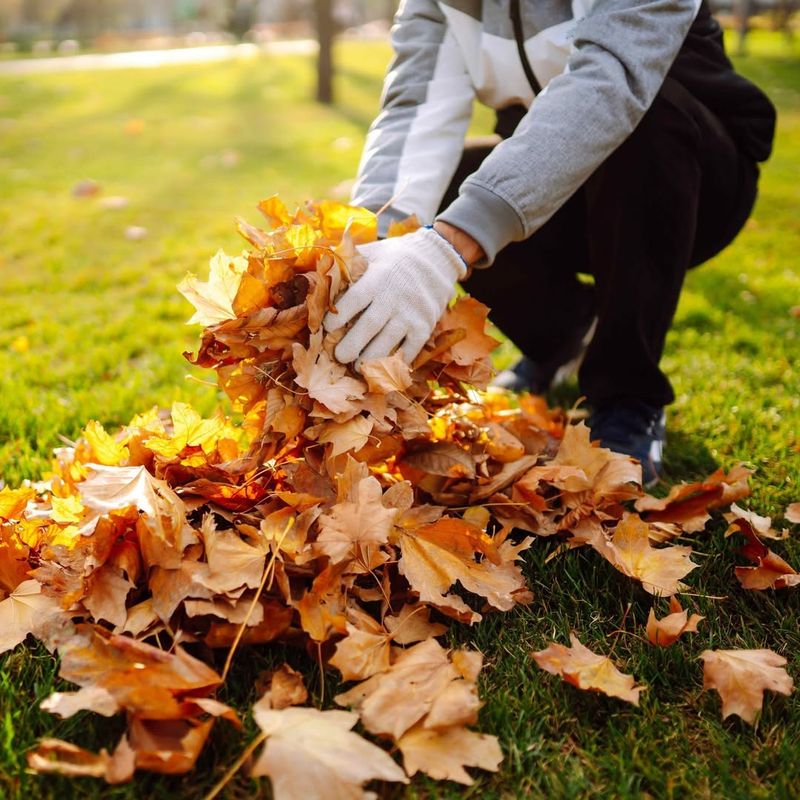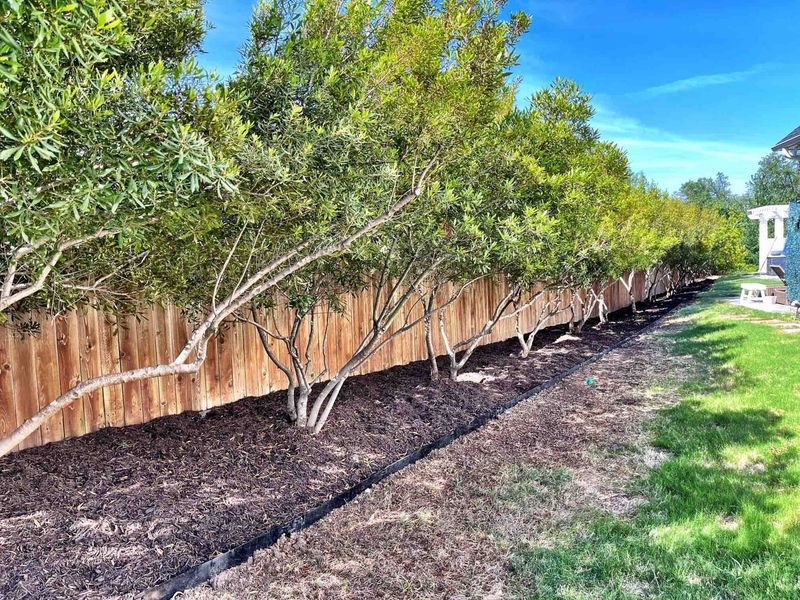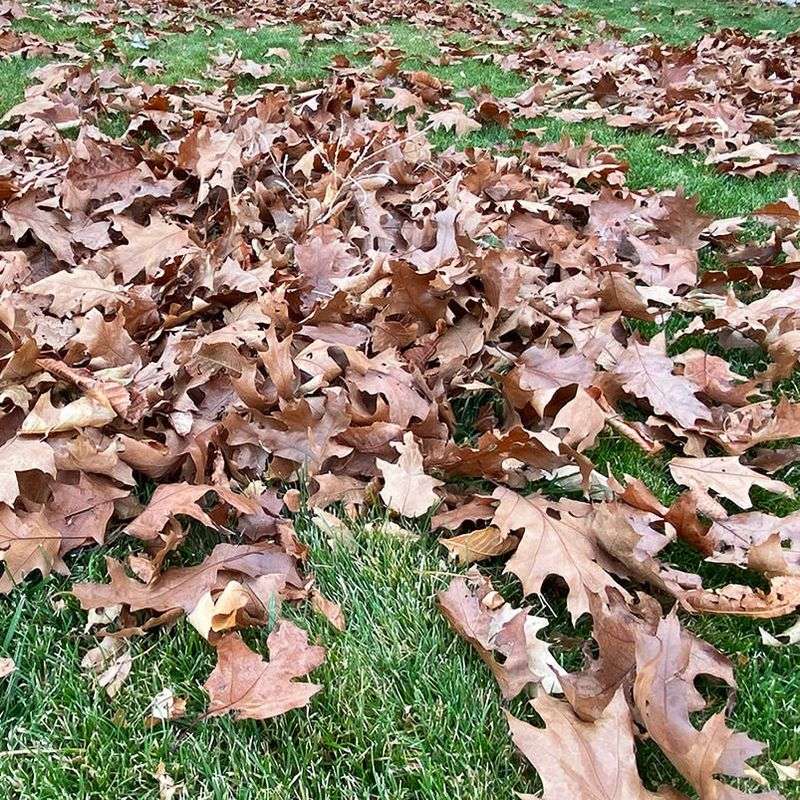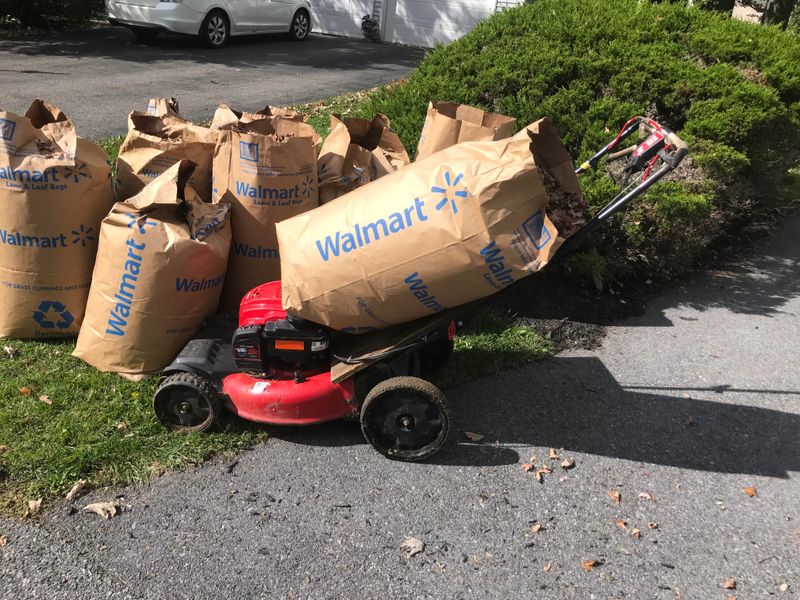When fall hits Ohio, falling leaves can stir up more than just piles in the yard — they can spark neighborhood disputes. If your neighbor’s tree drops a golden blanket across your lawn, who’s left holding the rake?
Understanding where the law draws the line can keep this seasonal issue from turning into a feud.
1. Ohio Law Follows The Common Enemy Doctrine
Ohio courts treat falling leaves similar to rainwater or snow under what’s called the common enemy doctrine. Property owners must deal with natural elements that land on their property, regardless of where they originate.
Your neighbor isn’t legally required to stop their tree from dropping leaves onto your lawn. Each homeowner handles what falls within their own boundaries.
Think of it like weather—you can’t control where the wind blows leaves, just like you can’t stop rain from falling on your property.
2. You’re Responsible For Cleanup On Your Property
Once leaves land on your property, they become your responsibility to clean up. It doesn’t matter if they came from your own trees or drifted over from next door.
Ohio law places the burden of maintenance on individual property owners. You can’t legally force your neighbor to rake your yard or pay for cleanup services.
Consider establishing a friendly conversation with neighbors about shared cleanup efforts. Many people appreciate cooperative solutions that benefit everyone involved in the neighborhood.
3. Overhanging Branches Have Different Rules
While you must handle fallen leaves yourself, overhanging branches follow different legal guidelines. Ohio allows property owners to trim branches that cross property lines, but only up to the boundary.
You cannot enter your neighbor’s property or damage the tree’s health when trimming. Cutting branches beyond the property line or harming the tree could result in legal liability.
Always consider discussing major trimming with your neighbor first. Professional arborists can help ensure work is done safely and legally.
4. HOA Rules Might Add Extra Requirements
Homeowners associations often establish stricter standards than state law requires. Your HOA might mandate regular leaf removal regardless of where leaves originate.
Check your association’s covenants and bylaws for specific maintenance requirements. Failure to comply can result in fines or other penalties, even if the mess came from neighboring properties.
Some HOAs offer community cleanup days or shared landscaping services. Taking advantage of these resources can make fall maintenance much easier for everyone involved.
5. Communication Prevents Most Neighbor Conflicts
Most leaf-related disputes stem from poor communication rather than actual legal issues. A polite conversation often resolves problems before they escalate into serious conflicts.
Approach your neighbor with understanding rather than accusations. Many people genuinely don’t realize their trees cause extra work for others and might offer to help.
Working together on a solution benefits everyone. Perhaps you could coordinate cleanup schedules or even share equipment to make the job easier and faster for both households.
6. Documenting Issues Protects Your Interests
If leaf accumulation becomes excessive or damages your Ohio property, documentation becomes important. Take photos showing the extent of the problem and keep records of cleanup costs.
While you’re generally responsible for basic cleanup, extreme situations might warrant legal consultation. Documented evidence helps if you need to pursue mediation or other resolution methods.
Keep communication records too, including emails or texts with your neighbor. These can prove you attempted reasonable solutions before considering more formal action.
7. Preventive Measures Reduce Future Problems
Investing in preventive solutions saves time and frustration over the long term. Quality leaf blowers, mulching mowers, and proper drainage can minimize the impact of neighboring leaves.
Consider planting strategic hedges or fencing that catches leaves before they spread across your entire yard. These barriers make cleanup more manageable and concentrated.
Regular maintenance throughout fall prevents overwhelming accumulation. Frequent small cleanups require less effort than tackling massive piles after weeks of neglect and procrastination.

